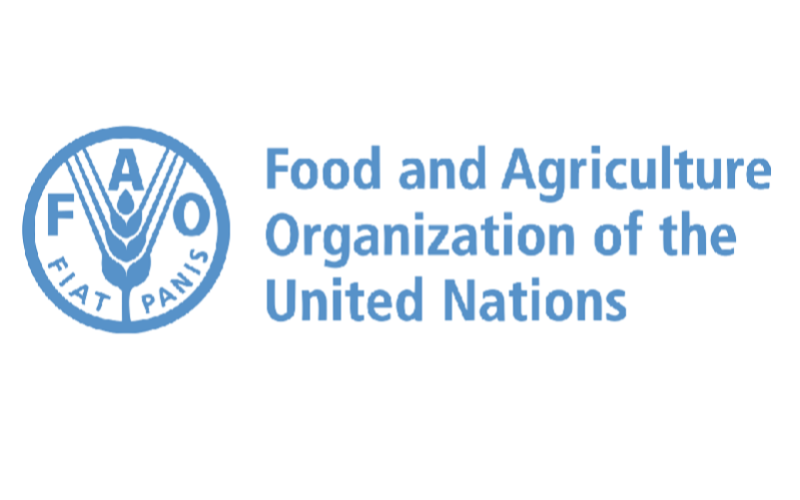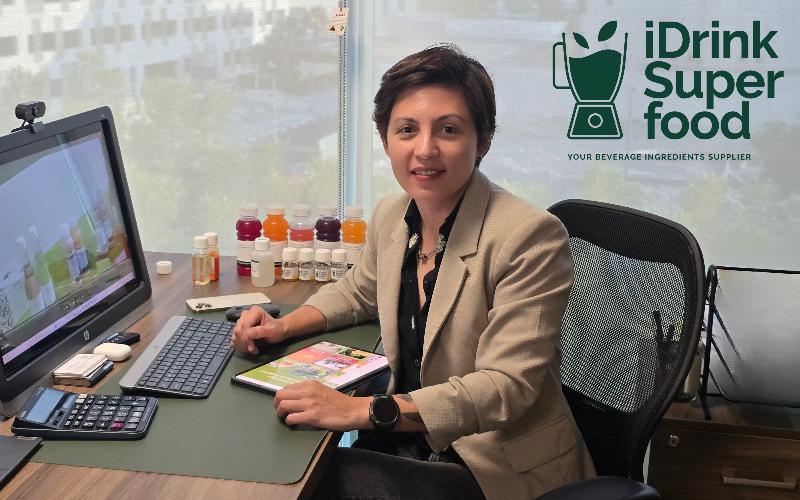Global Antibiotic Use in Livestock Could Nearly Rise by 30% by 2040

A startling projection made by a new study spearheaded by the Food and Agriculture Organization (FAO) of the United Nations reveals that in the absence of targeted interventions, antibiotic use in livestock is anticipated to grow nearly 30% by the year 2040. However, strategic gains in productivity within livestock systems could cut the predicted antibiotic use by half, as published in Nature Communications.
The research forecasts that if current trends persist, global antibiotic use in livestock might hit 143,481 tons in 2040, marking a whopping 30% global increase fr om 2019 levels. Yet, another scenario suggests a potential reduction of up to 57% if livestock productivity is optimized. Enhancing animal health, management practices, and production efficiency could lower antibiotic use to approximately 62,000 tons by 2040, showcasing the promise of specific interventions to achieve worldwide reduction targets.
"Improving the efficiency of livestock production is crucial for curbing antibiotic use," stated Mr. Alejandro Acosta, a livestock sector economist at the FAO and principal author of the study. "By producing more animal-derived food with the same number of or fewer animals, we can reduce the need for antibiotics in rearing animals and enhance global food security."
This narrative underscores global commitments to combat antimicrobial resistance (AMR), as called for by the 2024 UN General Assembly Declaration on AMR, which advocates for a notable reduction in antimicrobial use in agri-food systems by 2030. Achieving this objective presents significant challenges, especially in regions wh ere livestock production is expanding to meet rising food demands.
"Livestock stakeholders must collaborate to improve disease prevention, strengthen monitoring systems, and invest in innovations that both bolster animal health and simultaneously reduce reliance on antibiotics," stressed Ms. Junxia Song, a senior animal health officer at the FAO and co-author of the study.
The FAO remains dedicated to transforming agri-food systems by reducing the need for antimicrobials, as embodied by the RENOFARM initiative, which promotes sustainable practices while safeguarding public health.
Furthermore, the study introduces a livestock biomass conversion method to enhance precision in biomass estimation across various species, production systems, and management practices. This allows for a more exact estimate of antibiotic use intensity, facilitating policymakers and stakeholders to devise more effective strategies to optimize livestock production and minimize antibiotic dependency.
The study, entitled "The Future of Antibiotic Use in Livestock," was conducted by Mr. Alejandro Acosta, Mr. Wondmagegn Tirkaso, Mr. Francesco Nicolli, Ms. Giuseppina Cinardi, and Ms. Junxia Song, all experts from the FAO, in collaboration with Mr. Thomas Van Boeckel from the University of Zurich.











